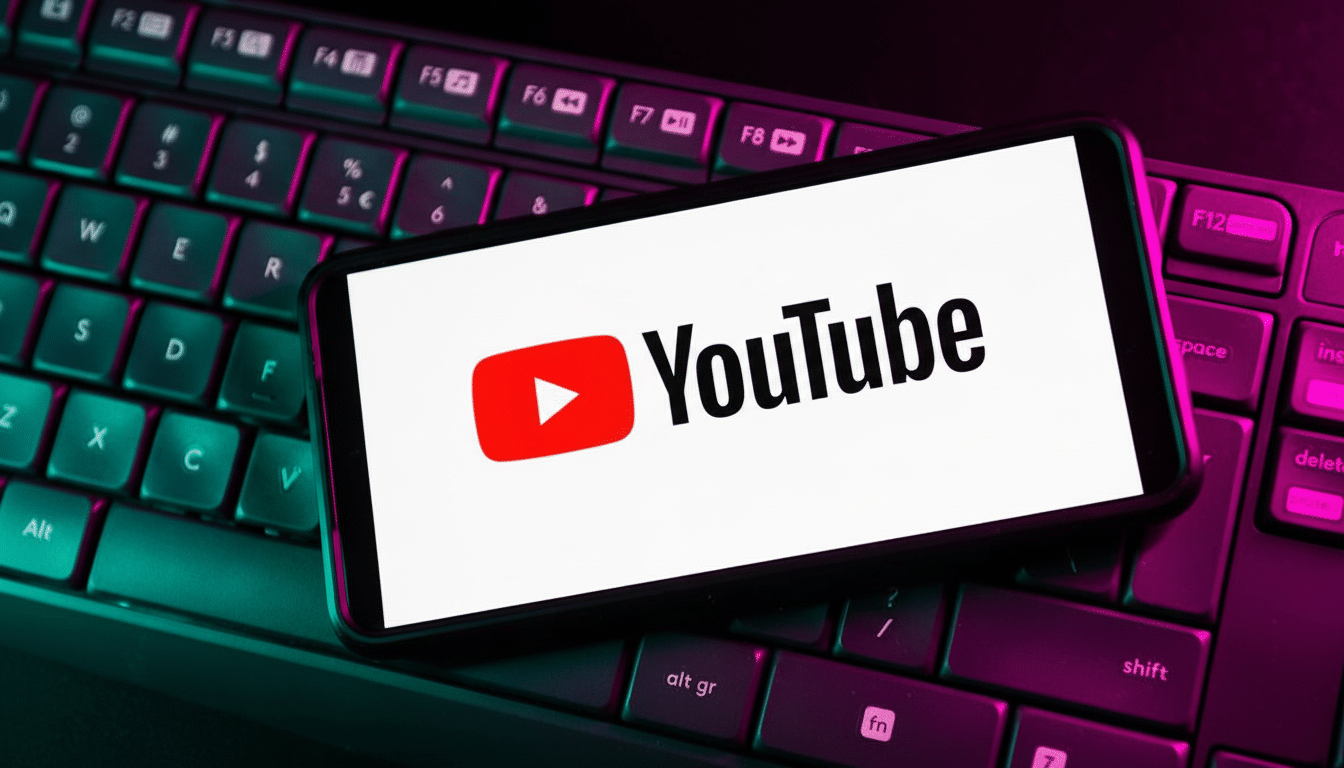YouTube says it has paid out more than $100 billion to creators, artists and media organizations over the last four years — a reflection of the platform’s growing popularity as the most dependable source of income in the creator economy. The figure, released at a company event held virtually — Made on YouTube — represents a split of revenue from long-form videos, Shorts and music as well as an ever-widening lineup of tools for fans and commerce.
For creators who are debating where to build their business, the signal is clear: YouTube isn’t just a place to distribute videos — it’s a source of income. Although all the major platforms compete for talent, none is able to monetize as directly and at scale as YouTube. For context, Spotify’s Loud & Clear report put payments to music rights holders at about $9 billion in 2023 alone — YouTube’s four-year total for its larger ecosystem dwarfs that before indirect income is taken into account (sponsored deals and merch sales powered by YouTube audiences).

How YouTube reached $100 billion in creator payouts
Its central incentive is the YouTube Partner Program (YPP), which pays creators a cut of ad revenue on long-form videos — usually 55/45 in the creator’s favor, and with a separate pot for Shorts that pays creators about 45% of the revenue after accounting for music licensing costs.
That two-track model allows channels to mix in evergreen, higher-CPM shows with short, frequent uploads that grow audience and discovery.
Investor filings from Alphabet, Google’s parent company, reveal that YouTube advertising generates tens of billions of dollars in gross revenue annually, which serve as the foundation for these payouts. Layer in paid products like channel memberships, Super Chat, Supers for Shorts and shopping integrations, and YouTube becomes a diversified earnings stack, rather than simply an ad bucket. Most importantly, creators can layer a number of revenue streams within one channel, which will mitigate volatility when RPMs for any one format fluctuate.
YouTube has also broadened the funnel into YPP, adding other pathways to monetization at lower thresholds for channels oriented around Shorts and expanding music agreements that share revenue with labels and publishers. Those inclusions — more on-ramps, more geographies, more formats — add up to scaling and, eventually, total creator payouts.
Creator income is being reshaped by Connected TV
The breakthrough move is taking place on the largest screen in one’s house. YouTube has said the number of channels that make more than $100,000 from TV-screen viewing grew by 45% year over year — a sign that traditional TV audiences are moving to online streaming services and to creator-led content in particular. For most, connected TV (CTV) watch time is associated with higher brand spend and more premium ad formats.

Nielsen’s The Gauge has long reported YouTube as the No. 1 streaming service on U.S. TVs, and is regularly neck-and-neck with Netflix when it comes to share of overall TV usage. That prominence diverts the budgets of traditional prime-time advertisers to creators as well as studios, and it’s amplified by major programming bets like NFL Sunday Ticket on YouTube and YouTube TV. The upshot: Creators are scooping up more dollars once cordoned off solely for linear TV carriage and cable bundles.
Shorts, subscriptions and new monetization lanes
Shorts has progressed from a discovery toy to an actual business line. Although per-view payouts are different than long-form, Shorts expands the top of the funnel, accelerates audience growth and, in aggregate (through the revenue share pool), adds incremental income. Creators who mix both Shorts and long-form can find better retention and higher overall earnings through monetization with both formats, live streams and back catalogs.
Fan funding is a second leg of the stool. Memberships, Super Chat, Super Stickers and Supers for Shorts can convert loyal viewers into ongoing revenue streams. Commerce is the third leg: affiliate programs, storefronts and product tagging all aspire to fold up the distance between discovery and purchase. Each of those layers lessens reliance on any one algorithm or ad cycle and is critical for evening out income over time.
A real-world impact milestone — and some caveats
Independent analysis backs up the macro impact. YouTube’s creative ecosystem contributes tens of billions of dollars to national GDPs and tens to hundreds of thousands of jobs across markets, according to Oxford Economics — proving that broadcaster payouts ripple through production teams, studios and local economies alike. Music labels and media companies are also benefiting along with solo creators, so the $100 billion mark is a rising tide across the ecosystem.
None of this makes platform risk go away. Ad markets cycle. Policies change. RPMs differ for genre, geography and device mix. The creators who succeed treat YouTube as a multi-line business: long-form for depth, Shorts for reach, CTV optimization for premium ad dollars and fan/commerce tools for stability. With that method, the headline number is not only cause for celebration but some needful lessons. The money is there for individuals that build like operators, not just uploaders.
Bottom line: Four years and $100 billion later, YouTube’s investment decisively makes it the economic backbone of online video. There may be competitors for features, but few can compete with the scale, reliability and TV-era budgets now pouring through YouTube to creators.

